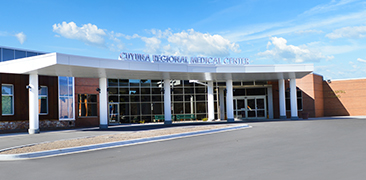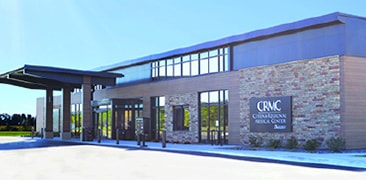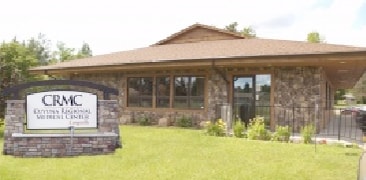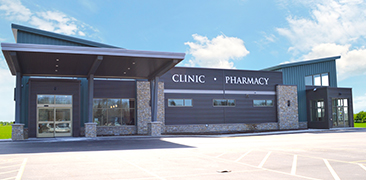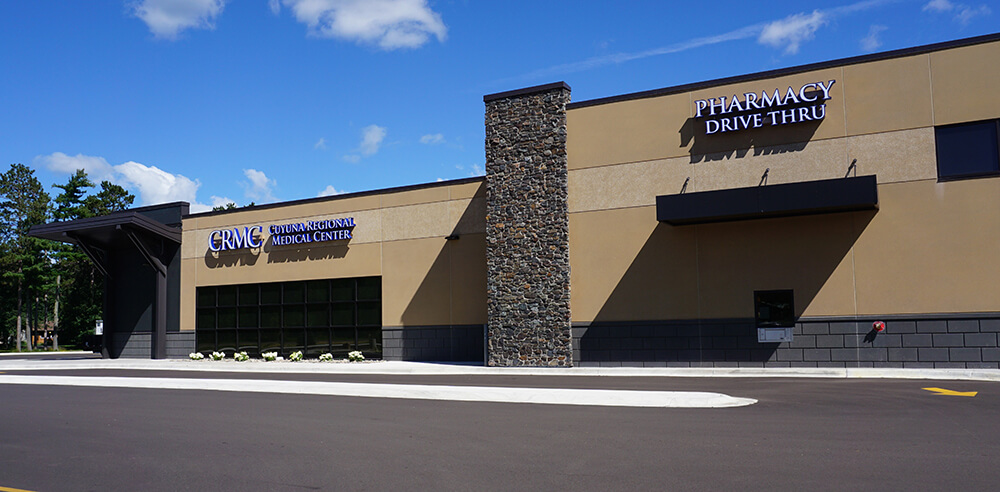
The Minnesota Department of Health has officially designated Cuyuna Regional Medical Center in Crosby as a Level III Trauma Center.
Level III Trauma Centers have a team of trauma physicians and nurses available to assess the patient upon arrival. Patients that require more comprehensive care are managed and stabilized before being transferred to a Level I or Level II Trauma Center.
One of 33 hospitals in Minnesota with Level III Trauma Certification, CRMC treats about 250 trauma patients a year with more than 10,400 annual Emergency Department visits.
This achievement is the culmination of dedicated work by multiple teams to improve best practices leading to better patient outcomes in providing this level of critical care. CRMC staff voluntarily participated in the intense designation process which included an outside review of the hospital’s resources and capabilities to care for trauma patients. CRMC met standards of commitment, clinical and equipment resources, and staff training. The hospital also participates in a continuous performance improvement process and provides educational opportunities in trauma care for the community including Stop the Bleed training and various prevention education and screening events.
“Level III Trauma designation will help us support our patients with higher levels of care so we can continue to serve our growing communities,” stated CRMC CEO Amy Hart. “We congratulate our trauma team for this significant achievement. Trauma III status recognizes that CRMC provides the expertise, teamwork, and facilities necessary to treat a higher level of injuries than ever before. This is another example of CRMC’s dedication to providing quality health care.”
For a severely injured person, the time between sustaining an injury and receiving definitive care is the most important predictor of survival—the “golden hour.” The chance of survival diminishes with time; however, a trauma system enhances the chance of survival regardless of proximity to an urban trauma hospital.
“Injury is a leading cause of premature death in Minnesota,” said Minnesota Commissioner of Health Dr. Brooke Cunningham. “The goal of the trauma system is to decrease injured patients’ time to care by making sure their medical needs are appropriately matched with hospital resources. With the designation of CRMC as a Level 3 Trauma Hospital, we are getting closer to our goal of ensuring that seriously injured Minnesotans have access to an organized system of trauma care wherever they are in the state.”
On average, trauma claims the lives of 4,300 Minnesotans annually. States with trauma systems have seen survival rates increase by 15 to 20 percent. Wide-scale participation in the voluntary trauma system ensures that a statewide, cooperative effort is in place to care for seriously injured patients.
Minnesota began developing a comprehensive statewide trauma system in August of 2005. Through its designation, CRMC recognizes the vital role that communities, ambulance services, hospitals, and health care professionals play in the care and management of trauma patients.
For more information, see the Minnesota Statewide Trauma System site at www.health.state.mn.us/facilities/traumasystem/










